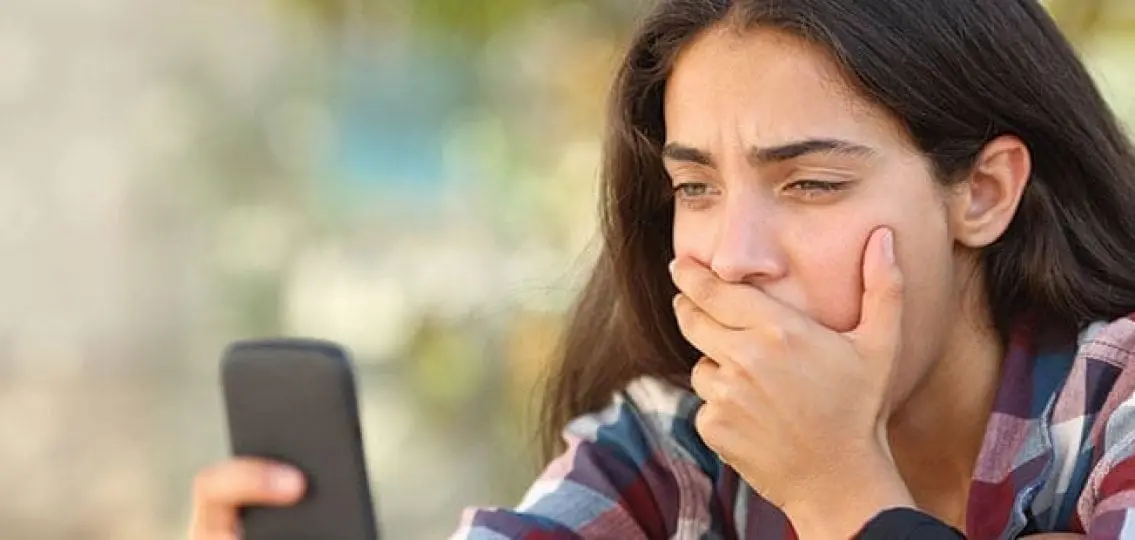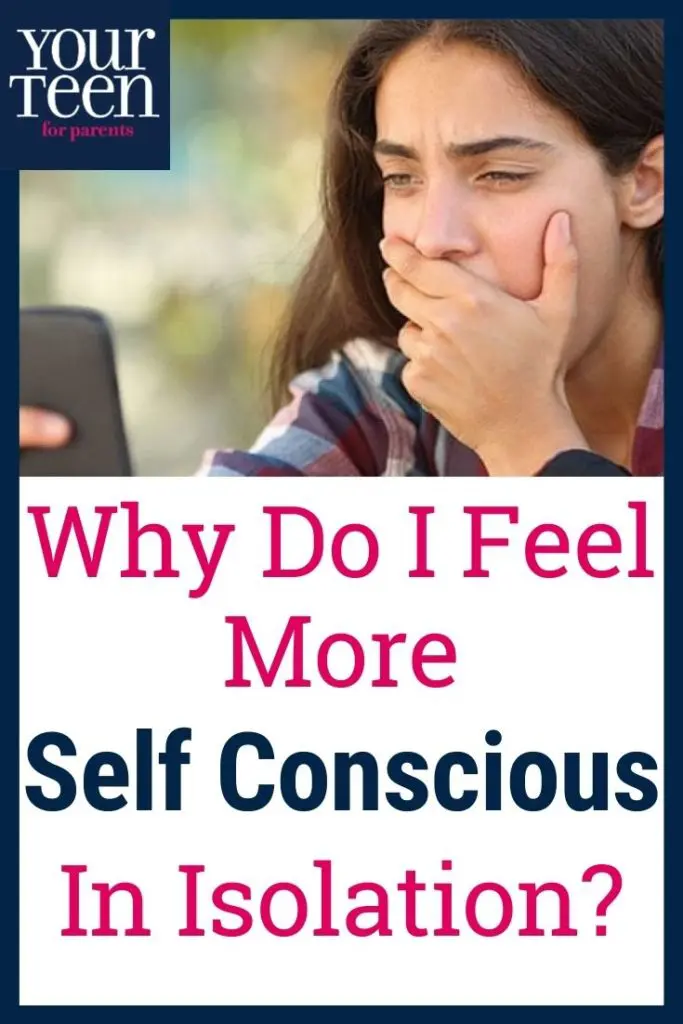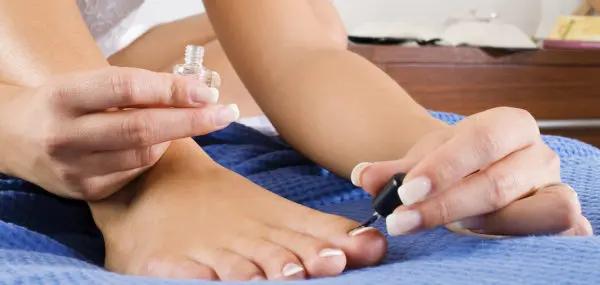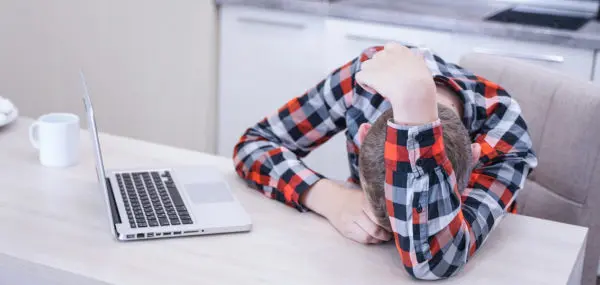I look at myself in the mirror in the morning these days and feel smaller, skinnier—probably because I haven’t eaten in about 10 hours. I like that feeling, so I’ve tried to hang onto it by skipping breakfast to maintain this body image. But when I don’t eat, I’m cranky and rude. I also feel sluggish and can’t focus on the task at hand.
Is it worth it to feel like my worst self, in terms of both physical and emotional energy, just to look a little bit more like the images that come up on my social media feed?
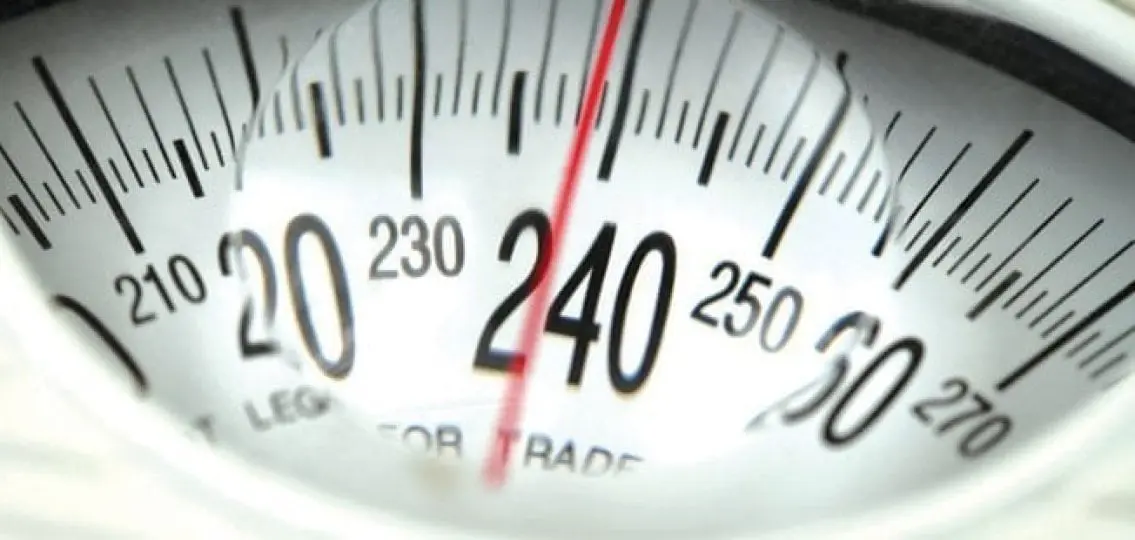
Before quarantine started, I would have eaten breakfast, gotten in the car, watched all kinds of different people out the window, and spent my day seeing friends, frenemies, teachers, and later, teammates and coaches. Now, I often skip breakfast, and during virtual school I stare at a few people’s faces or blank, video-off squares. Then I go on social media where all I see are workout ads, dieting programs, and girls who are skinny and photoshopped.
Social Media and Body Image
Without the anchor of in-person interaction, my impression of how bodies look has shifted. And my assumptions about how my body should look has shifted, too.
With their YouTube videos promising the secrets of how to “Burn belly fat,” or promoting a “28-day flat tummy challenge,” diet and fitness influencers tell me that if I follow a specific schedule of workouts and dieting, I can have a fat-free body. When I’m trying to do a cardio video to stay active, ads pop up advertising things like intense diets, ways to lose weight in 10 days, workouts to burn calories, and intermittent fasting. These programs aren’t designed for teens, but nobody tells me that.
Healthy vs Unhealthy Weight Loss Tactics
I didn’t know how unhealthy a lot of the weight loss tactics advertised to teen girls were until I did my research.
Is intermittent fasting healthy? Programs that promote intermittent fasting, which centers on going 12-16 hours without eating, might benefit adults, but developing teens need nutrition throughout the whole day, not just for a few hours of it. Other popular diets that eliminate sugar or carbs aren’t good for teenagers either.
I also learned that these weight loss and exercise ads don’t target teen boys the same way they do girls.
I polled my male and female friends and found that while boys do occasionally see these types of ads, my female friends see a lot more of them. That may be why a 2019 study by Dr. Amy Orben found that girls’ life satisfaction declines at a faster rate than boys’ due to time spent on social media.
There are some social media accounts that highlight models’ “flaws” or do a best/worst comparison from a photoshoot. Those posts are more realistic, but they are a drop in the bucket compared to the deluge of tiny waists and taut abs that fill my screen day after day. These are the media images that always impact my self-image by making body dimensions that are unattainable seem like the only ones that are acceptable.
In the time of COVID-19, it’s even worse, because I’m not seeing people in real life and I have no images to counterbalance the ones I see on social media.
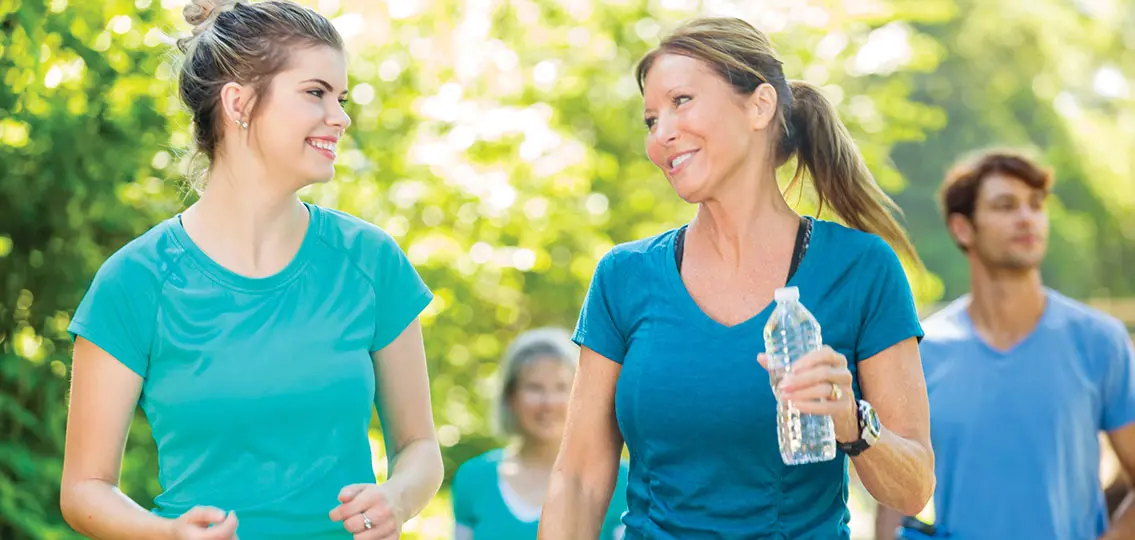
It’s not my family, friends, or classmates who want me to have an influencer-perfect body—it’s me. Well, me under the influence of the images I see, quarantined day in and quarantined day out, with no reality check to balance the message that I’ll be well-liked and happy, if only I look a certain way.
